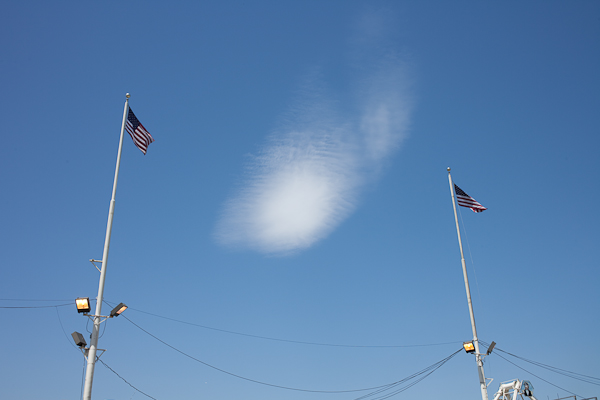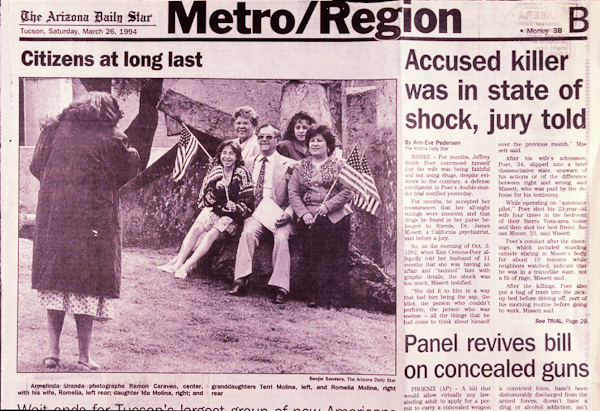Watching you from here

My friend Maggie wrote to continue a conversation we'd started in 2008. She's the production muscle behind an organization that enables photographers and writers to engage with world events—SalaamGarage. She writes:
SalaamGarage is an organization started by my friend photographer Amanda Koster. SalaamGarage leads trips around the world that connect participants with international Non-Governmental Organizations (NGOs). Travelers commit to creating and sharing unique, independent media projects that raise awareness and cause positive change. The rest of the adventure is spent touring around the region, experiencing and exploring the culture and environment within an entirely new context.
Humanistic photography, the idea that a photograph can change the world, and that an impassioned observer can make a difference for the better, is one of the motivations that led me to become a photographer. The power of this idea runs deep in many of us, and yet few of us pursue it past an initial infatuation. Myself, for example: my early career as an editorial journalist segued into commercial magazine and advertising photography, and has evolved into teaching. And while teaching certainly rests on a bedrock of humanism, at least for me, it's not the same as digging into a story from outside yourself and bringing back pictures and words that compassionately unfold another person's experience. SalaamGarage holds out the hope that we might be able to dip ourselves back into the waters that nurtured our earliest fantasies about the power of this thing we call photography.
Coincidentally—in a rare convergence of the planets—my copy of Bookforum arrived on the same day as Maggie's email. My eyes were immediately drawn to the cover headline announcing William T Vollman's essay Seeing Eye to Eye, on the ethics of photography. Fresh from my meditation on whether or not I might scratch time out of my teaching to go with Maggie to India or Vietnam, I fell headlong into Vollman's exquisitely complex essay on Ariella Azoulay's The Civil Contract of Photography, in which he writes, "photography expresses and furthers the duty of all world citizens to help one another."
But can a picture really help? Really? This notion has been considered time and again, most famously perhaps by Sontag in Regarding the Pain of Others, but no amount of theorizing can put the doubts, or the hopes, to rest. We want to believe that our sincerity can make a difference. Or at least, I do. But these are complex desires.
Vollman concludes his thoughts on Azoulay, and, by extension, his ruminations on the fundamental naivety that drives these desires:
I want to strive harder and more effectively to articulate the grievances I witness through my lens. The civil contract of photography may be, like the notion of human rights, a "necessary fiction," but for all that, it is noble, needful, and perhaps even practical, and I am grateful to Azoulay for expressing it.
The possibility and necessity of citizenship engages and troubles me. I want my work to matter. I want to participate in events that are larger than myself. Teaching you to engage with the tools and behaviors of photography is one way I'm doing that. But watching my sons enter the world has got me thinking that maybe I can do more. I have no idea what I'm talking about—I still have to pay the rent here in Brooklyn. But perhaps a burst of willful naivety, with a push from Maggie and SalaamGarage, can get me momentarily outside my own little orbit later this year.

I collected this picture by Benjie Sanders from the Arizona Daily Star in 1994 because I was flabbergast when it appeared: what a perfect way to illustrate the idea of participation and citizenship—a photograph of new Americans being photographed. Welcome to the world of photography, now you're part of it.
Comments